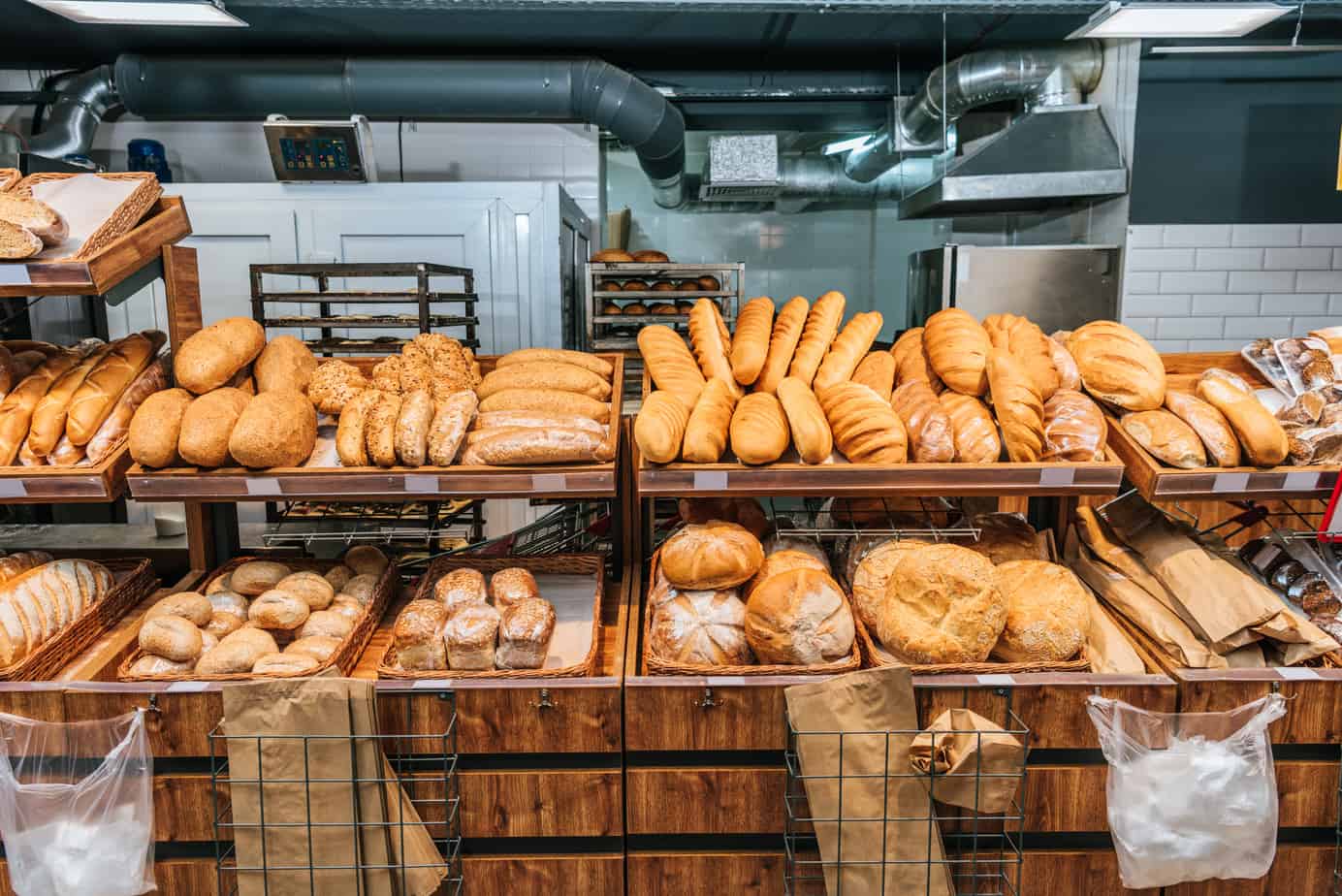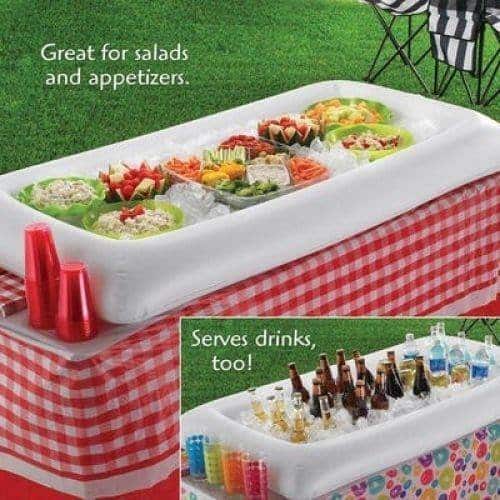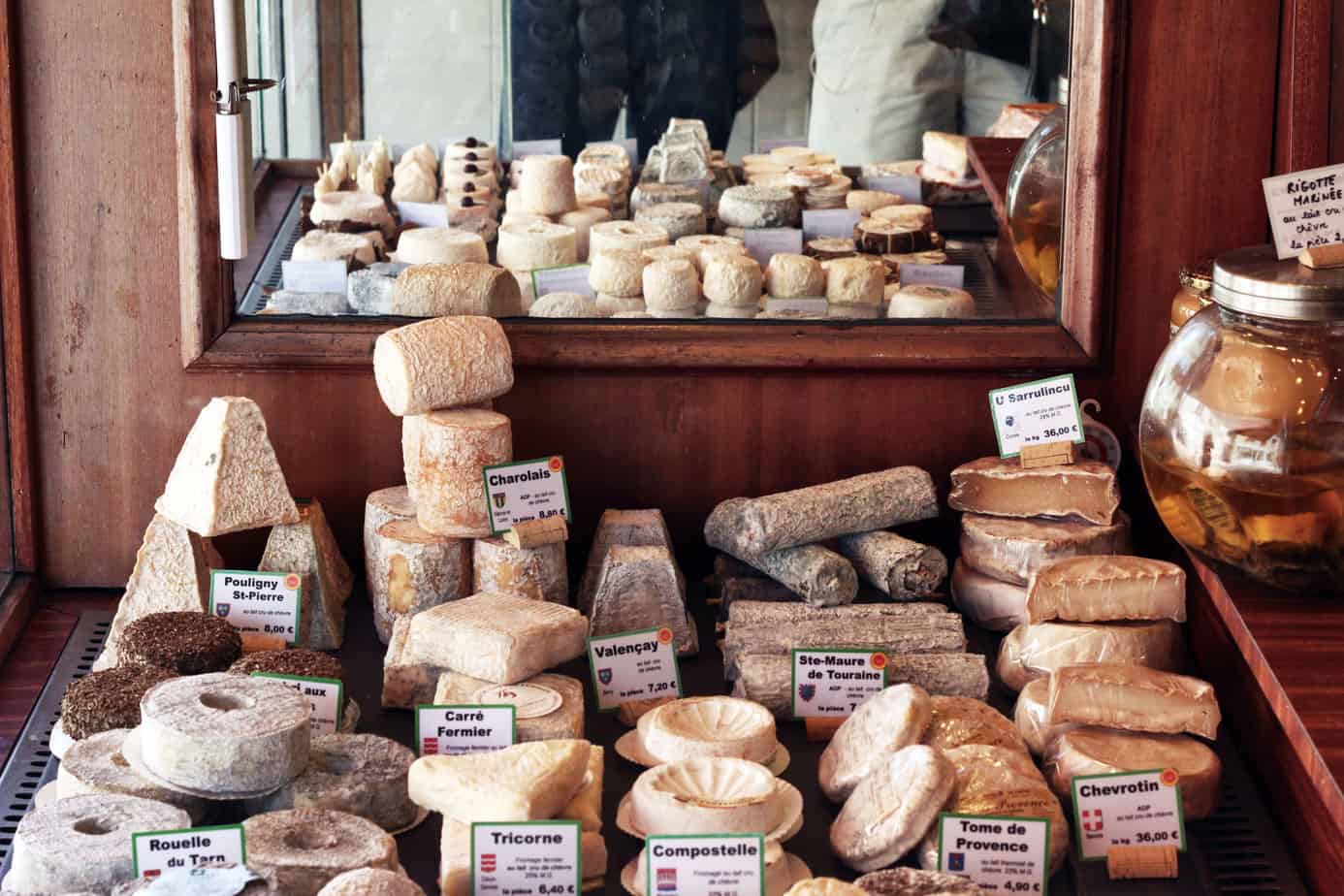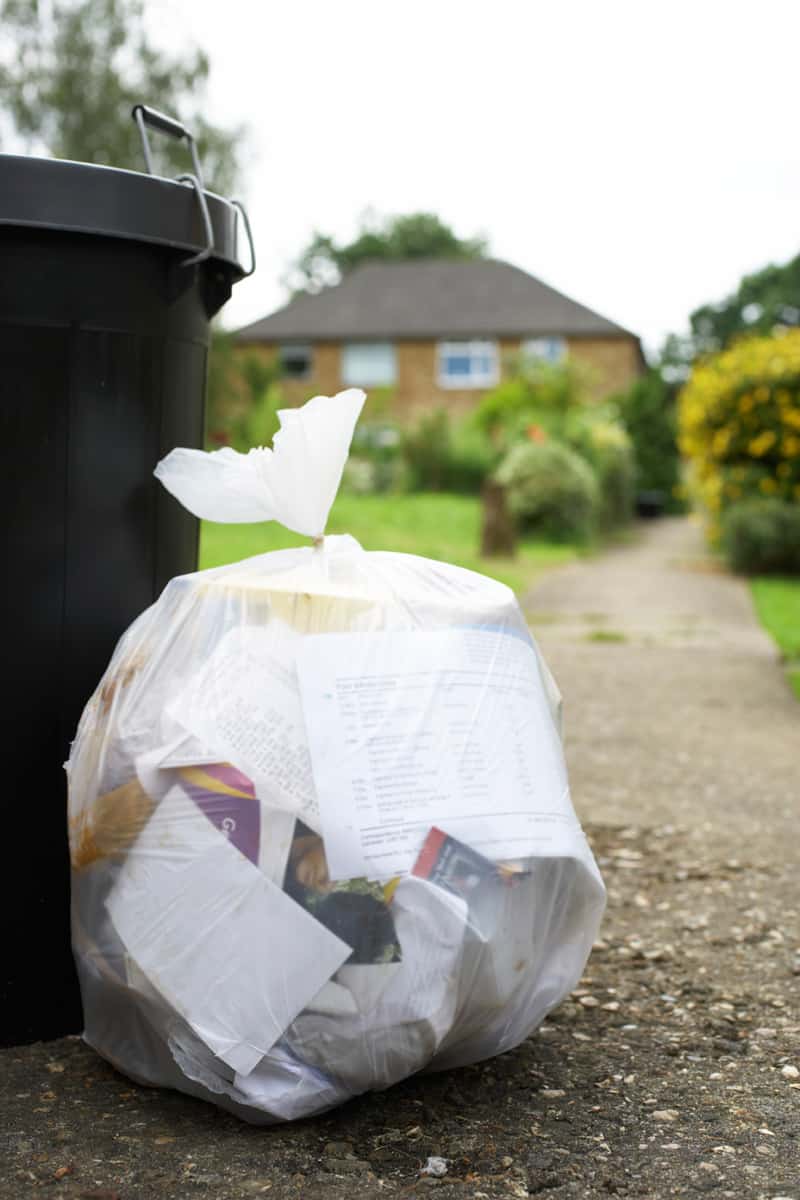How long can I leave out food? What foods are safe to leave out?
We've all done it, at one point or another... Accidentally left food out on the kitchen counter overnight. You get busy cleaning up after a party, get distracted by your kids, or had one too many glasses of wine. We get it.. "Life Happens", however, food safety is no joke. Proper care and management of food storage and food safety should always be top priority. How long can I leave out food before it goes bad?
According to the USDA , food that has been left outside the fridge for more than 120 minutes (2 hours) should be thrown away. That's because there's something called the "DANGER ZONE", not just a popular song from the 80's movie Top Gun. The "DANGER ZONE" is a temperature range between 40° F and 140° F where bacteria growth increases incredibly fast, and can absolutely make you very, very sick.

There are certain types of food that won't be harmful being left out, or that don't necessarily need to be kept in the fridge. Further, there are some foods, that shouldn't be stored in the fridge in the first place if you want to maintain their quality.
Bread. Should never be stored in the fridge at all. Ever.

There's this long-standing myth that people believe that putting your bread in the fridge makes it last much longer. Sadly, it does the exact opposite of that, putting your bread in the fridge makes it go stale faster, due to low temperatures and lack of humidity.
I personally have found that if you want to keep your bread lasting longer, place it on a paper towel, triple wrap it in plastic wrap, place it into a freezer storage bag, and store it in the freezer until a day before you want to enjoy it. In general, fresh bread, (not that GMO & preservative-laden garbage you buy at the grocery) will last approximately a week or so at room temperature.
Have you ever seen the average shelf life of that national brand of white bread that lasts for a month or longer at room temperature? That's all pure chemicals keeping it preserved. Also, more importantly, the top of your fridge where it's extra warm, is a bad idea, in combination with the heat from the fridge, and moisture in the bread can breed mold much faster.
Never assume it's safe to leave out! Always read your package labels!

In general, condiments, sauces, etc. such as honey, vinegar-based hot sauces, yellow mustards, and shoyu (soy sauce) don't necessarily need to be kept in the fridge at all and should be safe to store on the shelf in your pantry. However, there are always exceptions to the rules and you should always pay attention to the label of each product, as they may have special storage instructions such as "Refrigerate after opening". A good rule of thumb to follow is, if it came out of the fridge, always return it back to the fridge for storage.
Fresher condiments, like those open containers of that famous French dijon mustard, horseradish (both creamed and non), tartar sauce, mayonnaise, etc. should be kept refrigerated but may be left out at a temperature below 50 °F for up to 8 hours, as per the directives from FoodSafety.gov.
I'm having a party and need food to sit out longer than an hour or two, how do I make that work?

Enter the ice barge... aka an inflatable salad bar, aka an inflatable pool toy. This nifty little invention is perfect for casual backyard entertaining. Simply inflate it, fill it with ice, sprinkle the ice generously with rock salt, (to make the ice last longer), and add a bit of water.
Nestle your bowls down inside the ice, as deep as you can to maximize ice contact. If you can try and use glass or metal bowls for optimum conductivity. Stir the food frequently to keep it in contact with the bowl to allow the maximum amount of food product time in contact with the surface of the now chilled bowl. If it's a super hot day out, serve the food in smaller quantities, and change the food, vessel, and serving utensils out after 1 hour, even on ice.
But what about the cheese?

According to The Journal of Food Protection, in general, cheeses can stay out for up to 6 hours at a temperature of 70°F or cooler without growing life-threatening amounts of bacteria. Harder cheeses like Parmesan may be out even longer. However, do always remember that cheeses will start to dry out and look much less visually attractive if they are left out longer than a couple of hours. If it's warmer than 70, it's time to shorten things up or serve your cheese platter on a platter that has been placed in the freezer for an hour or so to extend temperatures a bit longer.

In Conclusion
- Discard foods kept in the "DANGER ZONE" temperature range between 40° F and 140° F after 2 hours.
- Don't store your bread in the fridge.
- Pay attention to package warning labels.
- Keep foods on ice, with frequent stirring to prevent food-borne illness.
- Cheeses can stay out for up to 6 hours.
- When in doubt, ALWAYS THROW IT OUT!
Check out some of our other recipes & entertaining ideas!
- The World's Best Salted Caramel Recipe
- 7 Reasons Why People Are Dumping Their Favorite Restaurants and Hiring A Private Chef Instead
- How to Clean and Prepare your Grill Before A Party
- Dairy Free Gluten Free Roasted Pumpkin Soup Recipe
About the Author:
Certified Master Chef Sean Andrade is Executive Chef/Owner of AWG Private Chefs, named the #1 Private Chef company in California. Chef Sean has worked in the restaurant and hospitality industries worldwide for more than 25 years. His company AWG Private Chefs offers highly custom-tailored, bespoke private chef dining experiences, select location meal delivery, and event catering in over 30 countries around the globe.